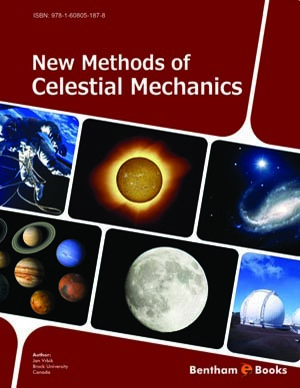Abstract
In the period - luminosity (PL) diagram of pulsating red giants in the LMC, five sequences can be identified. Recent observations have refined this initial finding and many more sequences have been discovered. The two main sequences comprise Miras and semiregulars which are stars in the fundamental and first-overtone radial pulsation modes. Carbon-rich and oxygen-rich Miras form distinct sub-sequences as do C-rich and O-rich semiregulars. At least four further sequences roughly parallel to the Mira and semiregular sequences have been identified which may correspond to higher overtone radial modes. The stars which populate these sequences are the OGLE Small Amplitude Red Giants (OSARGs). The OSARG sequences themselves are resolved into further subsequences of asymptotic giant branch stars and stars below the tip of the red giant branch. It is likely that nonradial modes are present in OSARGs as the Petersen diagram for these stars show some period ratios close to unity. In addition to these complex sequences of pulsating stars, there are two more sequences in the PL diagram. One sequence can be shown to consist of contact binaries. The nature of stars in the other sequence is a mystery. These stars have long secondary periods which do not seem to be due to pulsation. Although it is certain that convection is responsible for driving pulsation in these stars, the precise driving mechanism is not understood. It is possible that in the low-amplitude stars pulsation may be driven stochastically.




